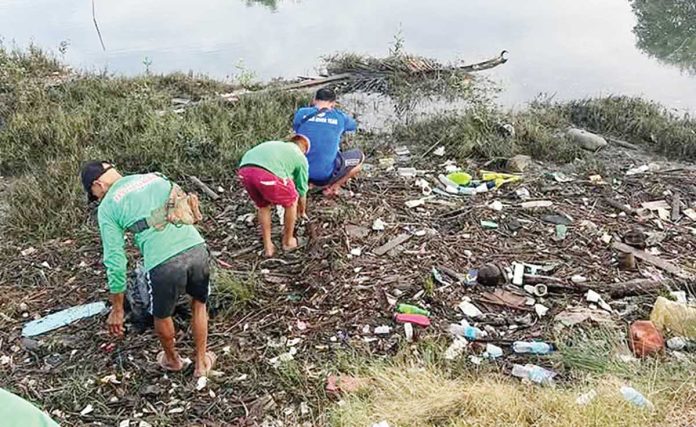
BY MA. THERESA LADIAO, ABYGAIL TOLEDO, University of Antique Intern
ILOILO City – The city government has broken ground on a P2.3-billion Integrated Solid Waste Management Facility (ISWMF) in Barangay Ingore, La Paz district — touted as the country’s first large-scale waste-to-energy project.
Once completed, the facility will process up to 475 metric tons of solid waste per day and generate around 3.5 megawatts of electricity.
It forms part of the city’s roadmap to close the Calajunan Sanitary Landfill in Mandurriao district by next year, which is currently nearing full capacity.
The groundbreaking ceremony was led by Department of Environment and Natural Resources’ (DENR) Secretary Maria Antonia Yulo Loyzaga, and attended by local officials and representatives from MetPower Venture Partners, the private partner of the city government for the project.
“This project is a testament to Iloilo City’s commitment to sustainability. By addressing waste management, energy security, and even water supply, it is truly an integrated solution for the city’s future,” said Secretary Loyzaga.
The ISWMF will include a Material Recovery and Sorting Facility, a Refuse-Derived Fuel (RDF) Facility, an Anaerobic Treatment Facility, and a Mechanical-Biological Treatment Facility. Construction is expected to be completed within 18 to 20 months, with operations projected to start by December 2025.
“We’re targeting around 20 months for construction, with an optimistic completion date by the end of next year. The facility is designed to meet all DENR environmental standards, and since it is fully enclosed, it won’t emit any odors like conventional disposal sites,” said Atty. David Abraham Garcia, head of Iloilo City’s Public-Private Partnership (PPP) Office.
The facility is also expected to power a desalination plant capable of producing 65 million liters of clean water daily, helping address the city’s recurring water supply issues.
Currently, the city generates at least 500 metric tons of solid waste per day, most of which is still being dumped at the Calajunan landfill.
“This project comes just in time before the landfill reaches its limit,” said Jose Maria Niño Jesus P. Madara, President and CEO of MetPower Venture Partners Holdings Inc.
Though 3.5 megawatts is modest compared to the city’s overall electricity demand, the facility offers long-term benefits, including financial dividends for the city.
“The city will own 3.5% of the company, which means Iloilo will receive a share of the earnings based on the facility’s performance,” Madara added.
Initially, the plant will process only Iloilo City’s waste, but it may eventually accommodate garbage from neighboring municipalities.
“For now, Iloilo will consolidate its waste disposal here, but if the waste volume from nearby towns supports expansion, we are open to it,” Madara said.
Garcia also assured that the city government has plans to absorb current Calajunan landfill workers into the new facility’s operations to ensure continued employment.
The project positions Iloilo City as a national model for integrating solid waste management with renewable energy and water sustainability.
“This is more than just a waste facility — it’s a sustainable solution that will have a lasting impact on environmental protection, renewable energy, and water security,” Secretary Loyzaga said./PN






